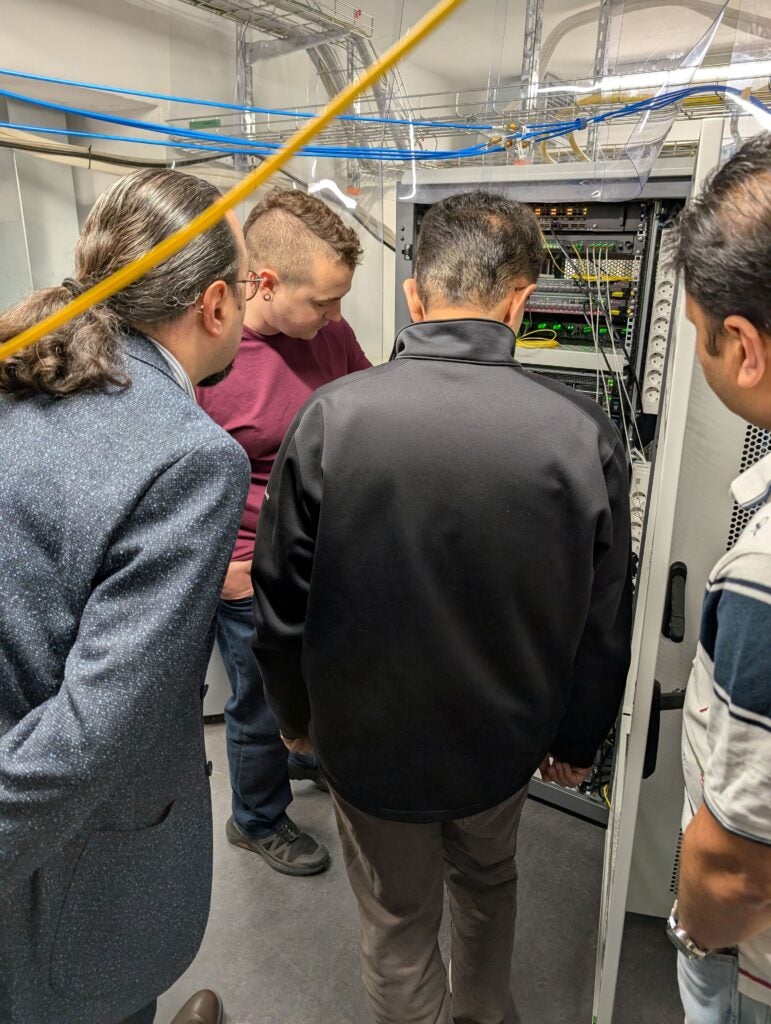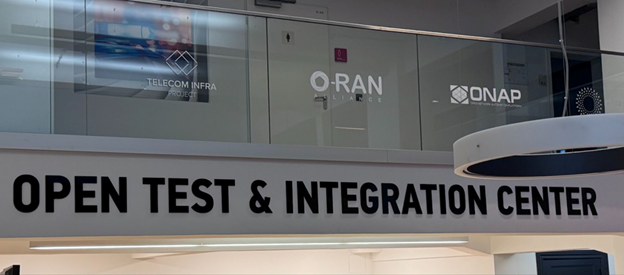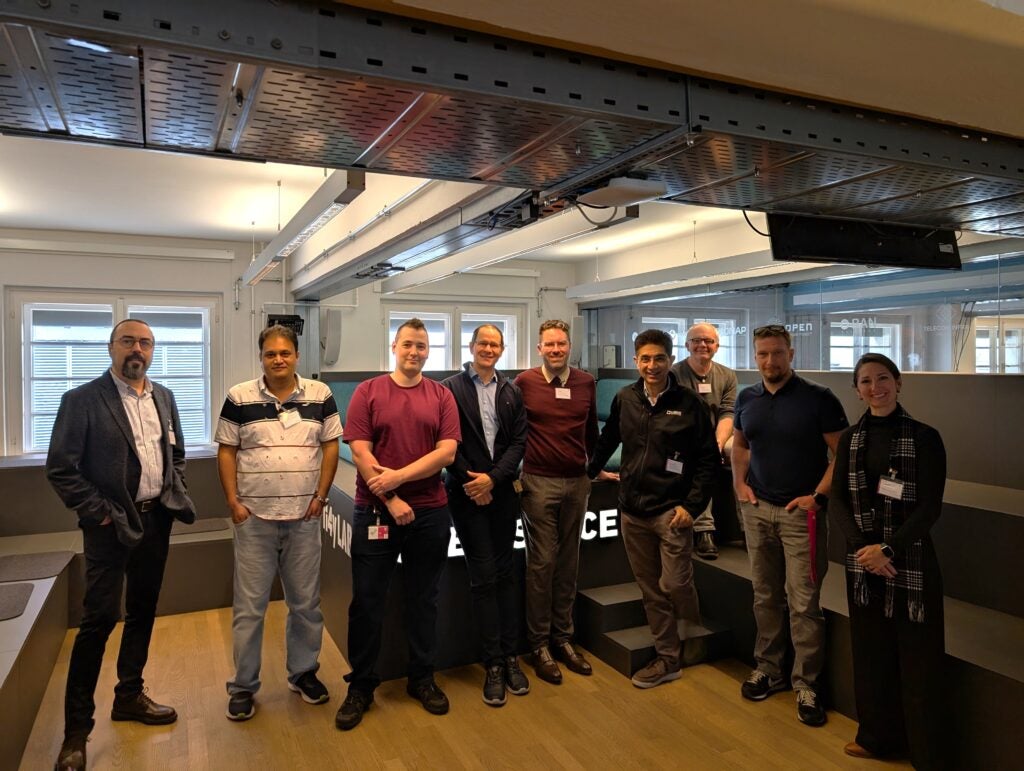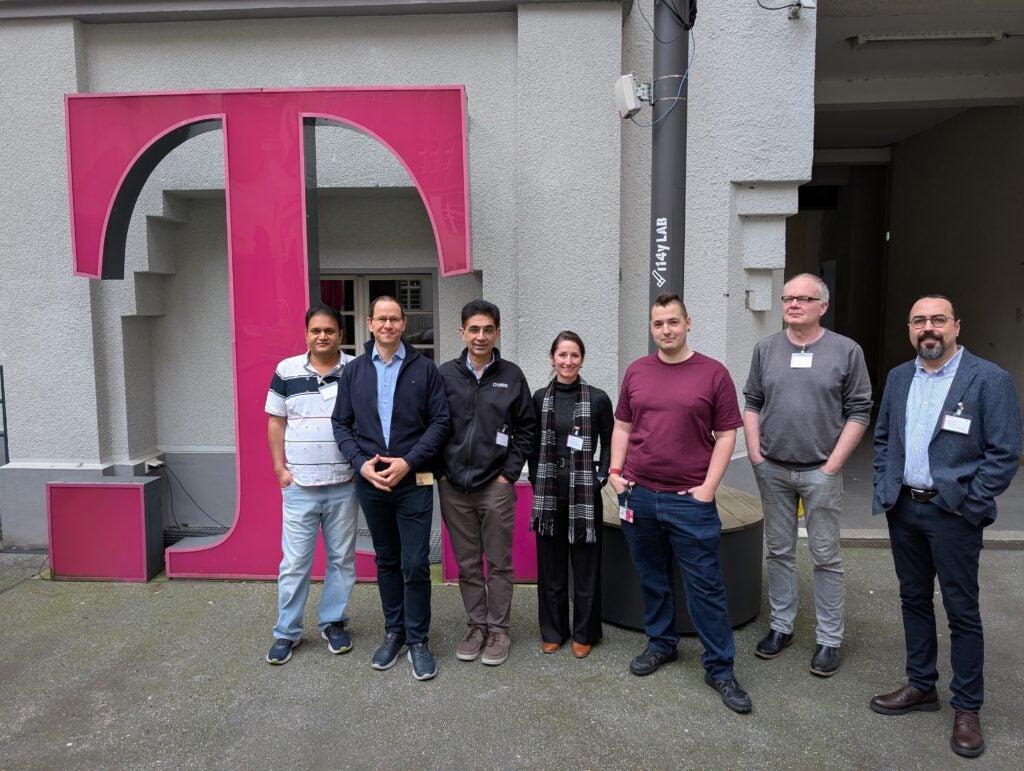LF Broadband’s governing board convened for its first in-person meeting of the year, hosted by Deutsche Telekom at its Berlin campus. The session brought together board members from Deutsche Telekom, Türk Telekom, Radisys, Netsia, and other key stakeholders to accelerate innovation in the broadband ecosystem, with a particular focus on the progress of the VOLTHA project.
VOLTHA: From Development to Deployment
The meeting opened with an in-depth discussion on VOLTHA (Virtual OLT Hardware Abstraction), highlighting its evolution from a software initiative into a robust, production-ready platform. Board members praised the steady development and growing adoption of VOLTHA, with several operators now running it in active deployments.
Representatives from Deutsche Telekom and Türk Telekom emphasized VOLTHA’s value in enabling disaggregated access networks and multi-vendor interoperability, reducing vendor lock-in and simplifying network upgrades. It was noted that the VOLTHA community has made significant strides in stabilizing core functionality, aligning with the BBF (Broadband Forum) architecture, and improving documentation and test automation.
Next steps for the project include:
- Enhancing compatibility with emerging PON (Passive Optical Network) technologies.
- Extending VOLTHA’s integration with operator orchestration frameworks.
- Expanding interoperability testing through the i14y Lab and community partners.
- Increasing operator and vendor contributions to the codebase and test infrastructure.
Deutsche Telekom Lab Tour: VOLTHA in Action
A highlight of the meeting was a guided tour of Deutsche Telekom’s lab, a state-of-the-art facility supporting open networking research, testing, and innovation. Attendees were able to see VOLTHA in action in the LF Broadband community testbed (hosted in Deutsche Telekom’s lab). Recently upgraded by BISDN, the testbed provides a production-like setup used by the VOLTHA project for release testing, validating Deutsche Telekom’s and Turk Telecom’s VOLTHA use cases on live network configurations, covering multi-vendor ONU interoperability and automated provisioning workflows. It also provides a sandbox environment for experimenting with new features and multi-vendor scenarios.

In addition to LF Broadband, the Deutsche Telekom lab in Berlin hosts other key initiatives advancing disaggregated open networking, like the i14y Lab, which the group visited onsite as well. Specialized in Open RAN testing, the i14y Lab is an Open Test and Integration Center (OTIC), qualified by the O-RAN Alliance, and an authorized TIP lab (one of the few labs worldwide that are indeed both).

LF Broadband board members expressed enthusiasm for the role i14y plays as a proving ground for new ideas and as a collaborative space for ecosystem growth.
Broadband Market Overview: Key Trends and Strategy
The latter part of the meeting focused on the wider broadband landscape, with a particular look at challenges and opportunities in the U.S. market. Key takeaways included:
- Open access infrastructure is gaining traction in Europe but remains nascent in the U.S. due to regulatory and commercial hurdles.
- Fixed wireless access (FWA) continues to expand as a competitive solution, particularly in rural and underserved areas.
- Fiber deployment remains the long-term priority, with interest in multi-gigabit services and future-proof infrastructure driving operator investment.
- LF Broadband members discussed perspectives to increase size and reach of the community and its membership, including in the U.S., especially where VOLTHA can provide cost-effective, vendor-agnostic solutions.
Looking Ahead

The Berlin meeting underscored the growing maturity of LF Broadband’s technical initiatives and the importance of physical collaboration spaces like the VOLTHA community testbed and the i14y Lab. The board reaffirmed its commitment to fostering open broadband ecosystems and expanding the reach of disaggregated solutions like VOLTHA.
As the community prepares for upcoming technical and strategic milestones – including participation in global broadband forums and potential U.S.-based pilot deployments – collaboration among operators, vendors, and integrators will remain key.
